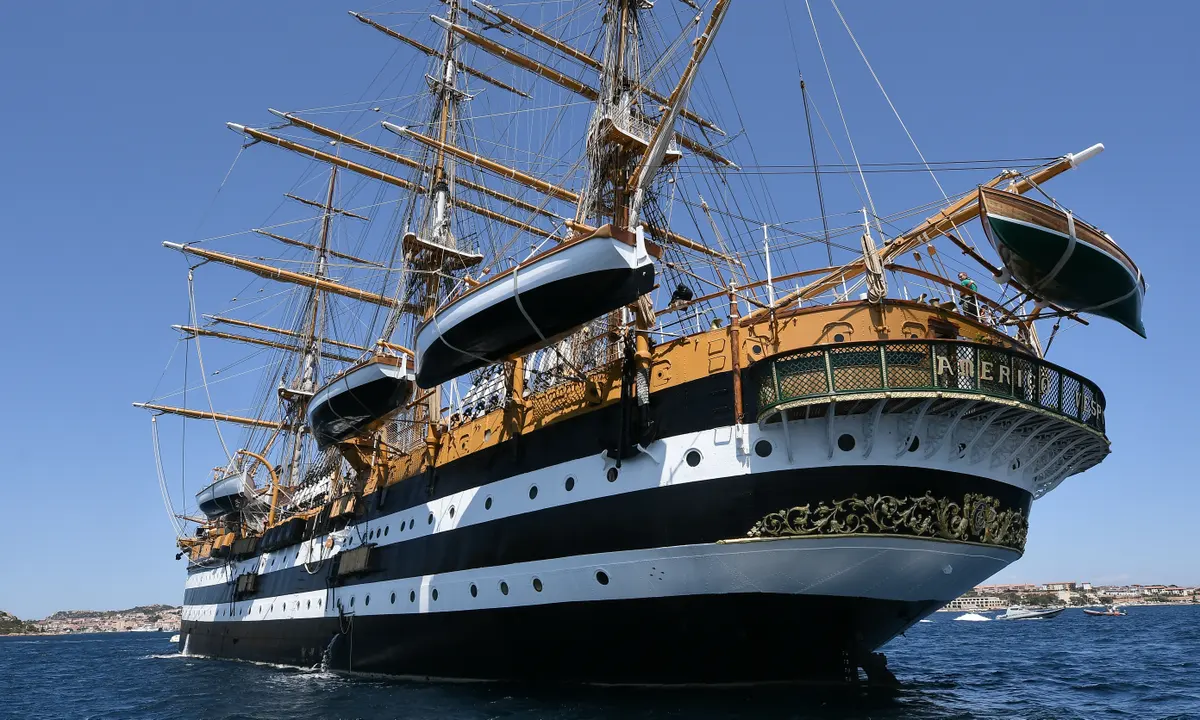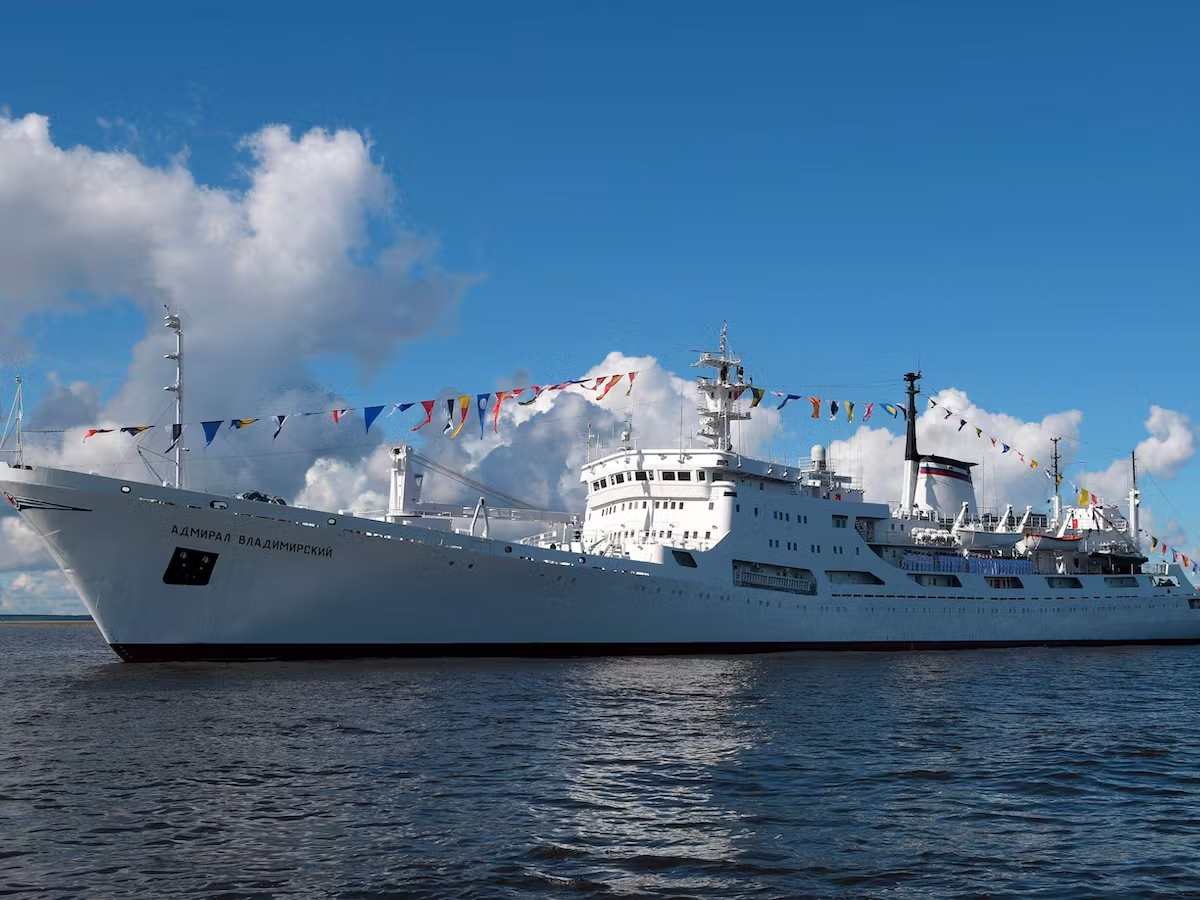The History Of Sailing And How It Shaped The World
Sailing has been a vital part of human history for thousands of years, allowing civilizations to explore the world, engage in trade, and establish cultural connections. From the humble beginnings of rafts and canoes to the sophisticated sailing vessels of today, the history of sailinghas shaped the course of human civilizaton.
Early Beginnings - Rafts And Canoes
The history of sailing can be traced back to ancient times when early humans ventured out onto bodies of water using simple rafts and canoes. These primitive vessels, constructed from logs or bundles of reeds, provided the means for early seafarers to navigate rivers and lakes. Though limited in range and capabilities, these early boats laid the foundation for the future development of sailing.
Sails Take Shape - Ancient Mediterranean And Asian Civilizations
As civilizations progressed and maritime trade grew, various ancient cultures started to experiment with the concept of sails. In the Mediterranean, civilizations such as the Phoenicians and Egyptians began utilizing square sails, which were affixed to masts to harness the power of the wind. This advancement allowed for more efficient and long-distance sea travel, enabling the exploration and expansion of ancient empires.
Meanwhile, in Asia, particularly in China and India, sailors began adopting triangular lateen sails. The introduction of the triangular sail improved maneuverability and enabled ships to sail closer to the wind, revolutionizing navigation in the Indian Ocean and beyond. These advancements in sail design marked a significant step forward in the evolution of sailing.
The Age Of Discovery - Explorations And Technological Advancements
The 15th and 16th centuries marked the Age of Discovery, during which European sailors set out to explore the world, seeking new trade routes and territories. This period saw remarkable advancements in shipbuilding and navigation techniques.
Notable explorers like Christopher Columbus, Vasco da Gama, and Ferdinand Magellan embarked on daring voyages, using improved sailing vessels known as caravels and galleons. These ships featured multiple masts, square and triangular sails, and were equipped with navigational instruments such as astrolabes and compasses. If you want to learn how to use a compass you can read this articlefrom Joynumber.
The Golden Age Of Sail - Trade And Naval Dominance
The 17th to 19th centuries witnessed the Golden Age of Sail, characterized by extensive maritime trade, colonial expansion, and naval dominance. European powers, including Britain, France, and the Netherlands, built powerful fleets of ships to secure their economic interests and expand their empires.
During this era, sailing vessels underwent significant advancements. The introduction of the full-rigged ship, with multiple masts and square sails, allowed for greater speed and maneuverability. The development of shipbuilding techniques, such as copper plating and iron frames, improved the durability and seaworthiness of vessels.
The Transition To Steam - Decline Of Sail Power
With the advent of the Industrial Revolution in the 18th century, steam power emerged as a revolutionary force in transportation. The introduction of steam engines enabled ships to travel independently of wind conditions, leading to a decline in the use of sailing vessels for commercial and military purposes.
Although steamships and later motorized ships gradually replaced sailing vessels, sail-powered boats persisted in various forms. Yachting and recreational sailing became popular during the late 19th and early 20th centuries, leading to the development of competitive sailing races such as the America's Cup.
Modern Sailing - Technology And Sport
In the modern era, sailing has transformed into a popular sport and recreational activity enjoyed by millions around the world. Technological advancements have further revolutionized sailing, with the introduction of materials like fiberglassand carbon fiber, enhancing the speed, strength, and maneuverability of sailing vessels.
Moreover, the development of advanced navigation systems, weather forecasting, and safety equipment has made sailing safer and more accessible to a wider range of enthusiasts. Today, sailing competitions, such as the Olympic Games and around-the-world races, showcase the skills and capabilities of sailors from different nations.
Sailing For The Future - Sustainability And Innovation
As we move forward into the future, the world of sailing is witnessing a growing emphasis on sustainability and innovation. With increasing concerns about the environment and climate change, the sailing community is actively seeking ways to reduce its carbon footprint and adopt more eco-friendly practices.
In recent years, there has been a surge in the development of electric and hybrid-powered sailing yachts. These vessels utilize renewable energy sources, such as solar and wind power, to reduce their dependence on fossil fuels. The integration of advanced battery technologies and energy-efficient systems allows for cleaner and more sustainable sailing experiences.
Moreover, innovative design concepts are emerging to maximize energy efficiency and minimize environmental impact. Concepts like hydrofoil technology, which raises the hull of a boat above the water surface, reduce drag and enhance speed while conserving energy. Additionally, lightweight and recyclable materials are being incorporated into the construction of sailing vessels, further reducing their ecological footprint.
Sailing As A Means Of Exploration And Research
Sailing continues to play a vital role in exploration and scientific research. From oceanographic expeditions to archaeological surveys, sailing vessels provide a versatile platform for conducting various studies. Their ability to reach remote and inaccessible locations, coupled with their self-sufficiency and mobility, makes them invaluable tools for scientific exploration.
Oceanographic research vessels equipped with advanced sensors and sampling equipment enable scientists to study marine ecosystems, climate patterns, and the impact of human activities on the oceans. Sailing expeditions also contribute to our understanding of marine biodiversity, facilitating the discovery of new species and the protection of fragile marine environments.
Furthermore, sailing serves as a means of cultural exploration and preservation. Sailors undertaking voyages to remote islands and coastal communities have the opportunity to engage with indigenous cultures, document traditional practices, and promote cultural exchange. By fostering an appreciation for diverse cultural heritage, sailing helps preserve and protect the world's cultural richness.
People Also Ask
Who First Invented Sailing?
The exact origins of sailing are difficult to pinpoint, as it emerged independently in various regions of the world where watercraft were developed. However, it is believed that ancient civilizations in Mesopotamia (modern-day Iraq) and Egypt were among the earliest to develop rudimentary sailing techniques. They used simple vessels with sails made of reeds or animal skins to navigate rivers and lakes.
How Did Sailing Develop?
Sailing developed through a process of trial and error, as ancient seafarers experimented with different methods to harness the power of the wind. Over time, they discovered that certain sail shapes and designs were more effective in capturing wind energy and propelling their vessels forward.
This led to the development of square sails, lateen sails, and other sail configurations that improved maneuverability and efficiency. Additionally, advancements in shipbuilding techniques, such as the introduction of keels and hull designs that could withstand the forces of wind and water, contributed to the development of sailing as a reliable means of transportation. Navigation methods, including the use of celestial observations, charts, and later, compasses, further enhanced sailors' ability to navigate across vast oceans.
Who Invented Sailing Sport?
The modern concept of sailing as a sport can be traced back to the 17th century in England. It was during this time that yacht racing began to emerge as a recreational activity among wealthy individuals. One of the earliest recorded yacht races took place in 1661, organized by King Charles II of England. These early races were primarily held for leisure and social gatherings. The formalization of sailing as a sport came about in the 19th century with the establishment of yacht clubs and the introduction of standardized racing rules. The formation of the Royal Yacht Squadron in Cowes, England, in 1815 played a significant role in promoting organized yacht racing. The sport gained international recognition, and various sailing competitions, such as the America's Cup (first held in 1851), further popularized competitive sailing.
Conclusion
The history of sailing spans millennia, encompassing the exploration techniques, improved vessel designs, and the transition from a primary mode of transportation to a popular recreational activity. From the humble beginnings of rafts and canoes to the grand sailing ships of the Golden Age and the modern sleek racing yachts, sailing has played a pivotal role in shaping the course of human history.
Sailing has not only facilitated trade and exploration but has also fostered cultural exchange and connected diverse civilizations. Through maritime trade routes, ancient seafarers exchanged goods, ideas, and knowledge, leading to the diffusion of cultures and the establishment of global networks. Sailors from different regions encountered new lands, encountered indigenous peoples, and expanded their understanding of the world.


